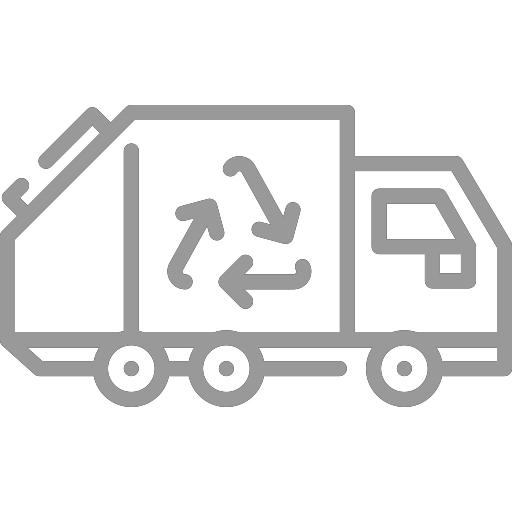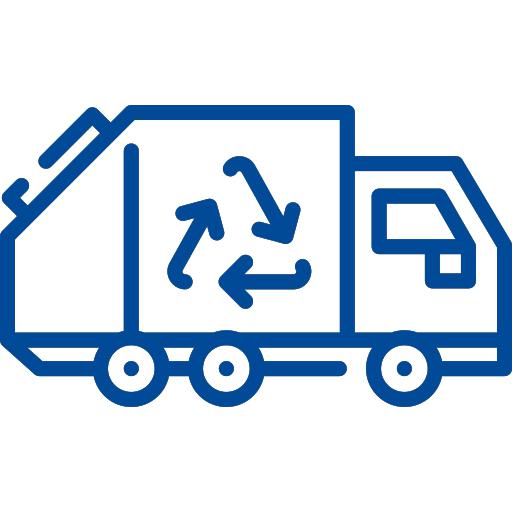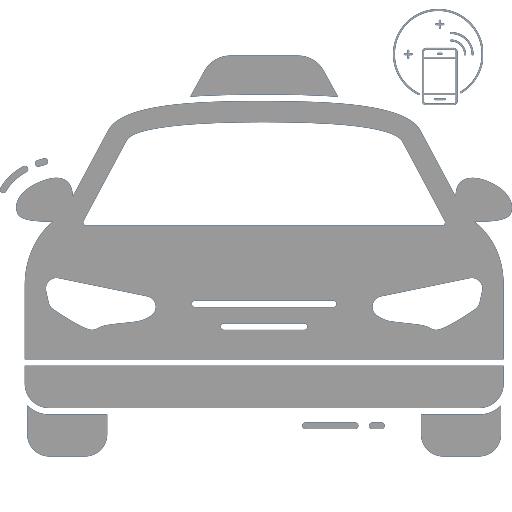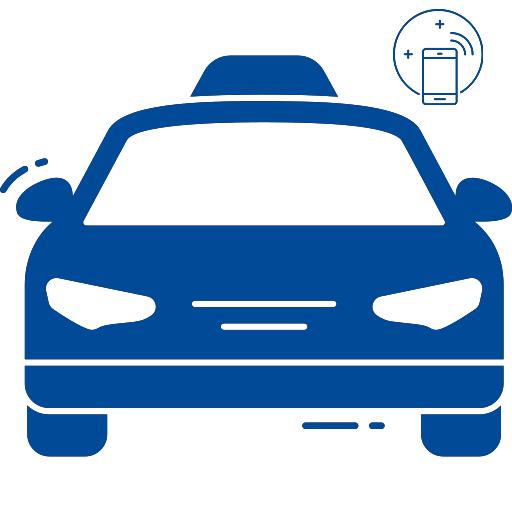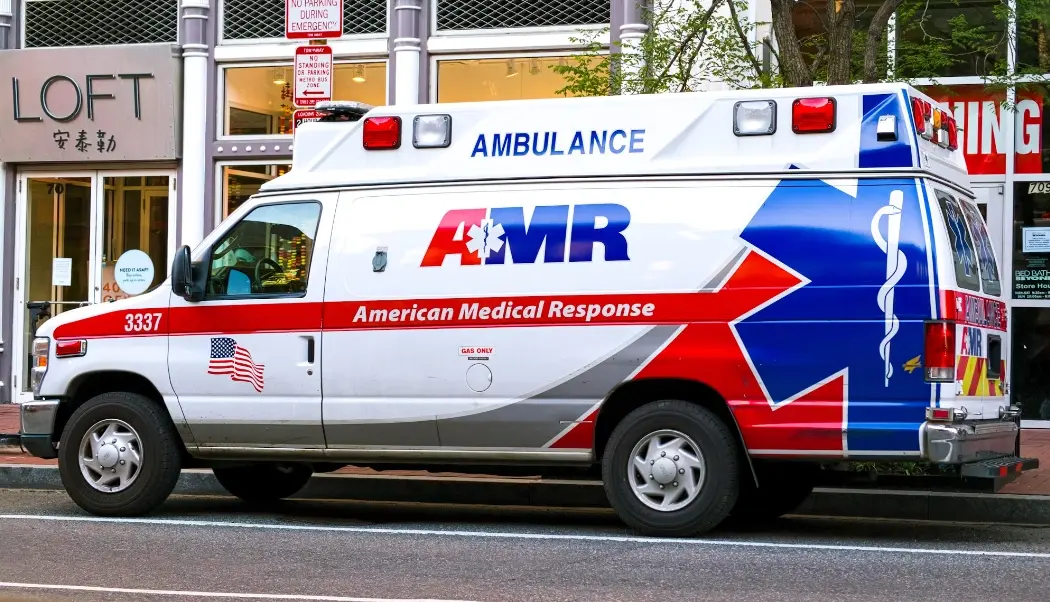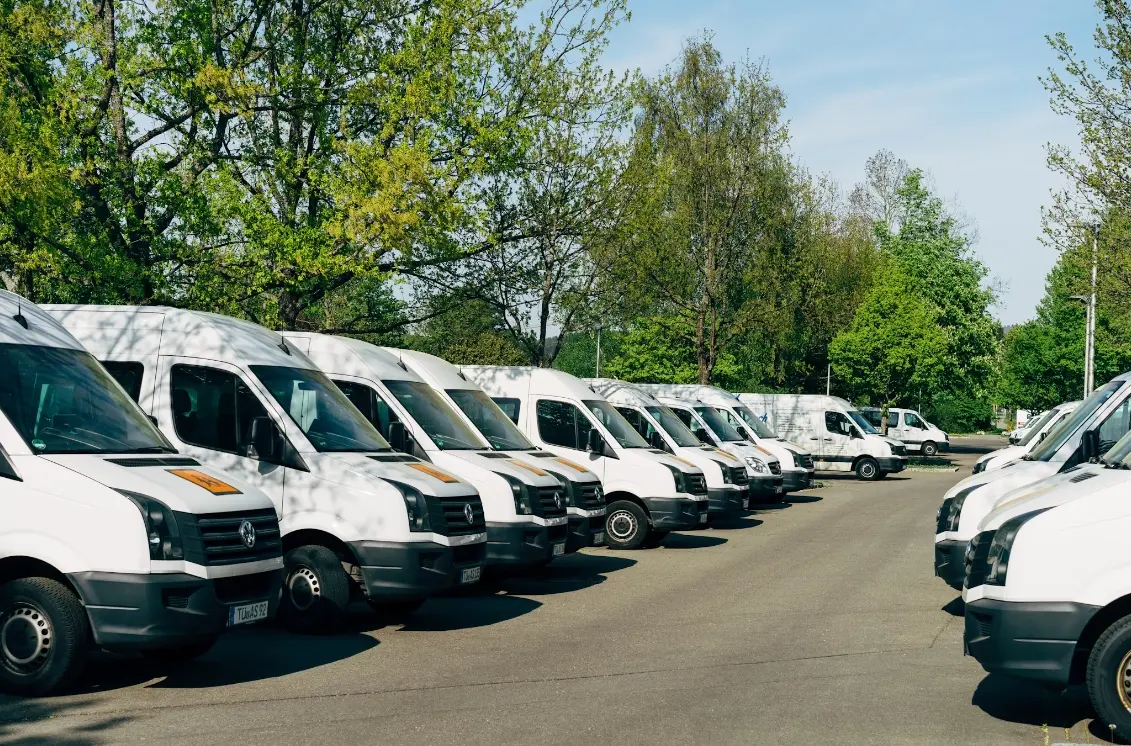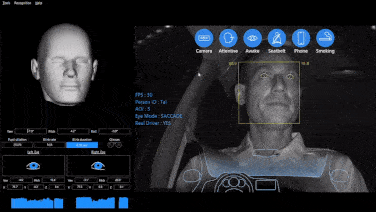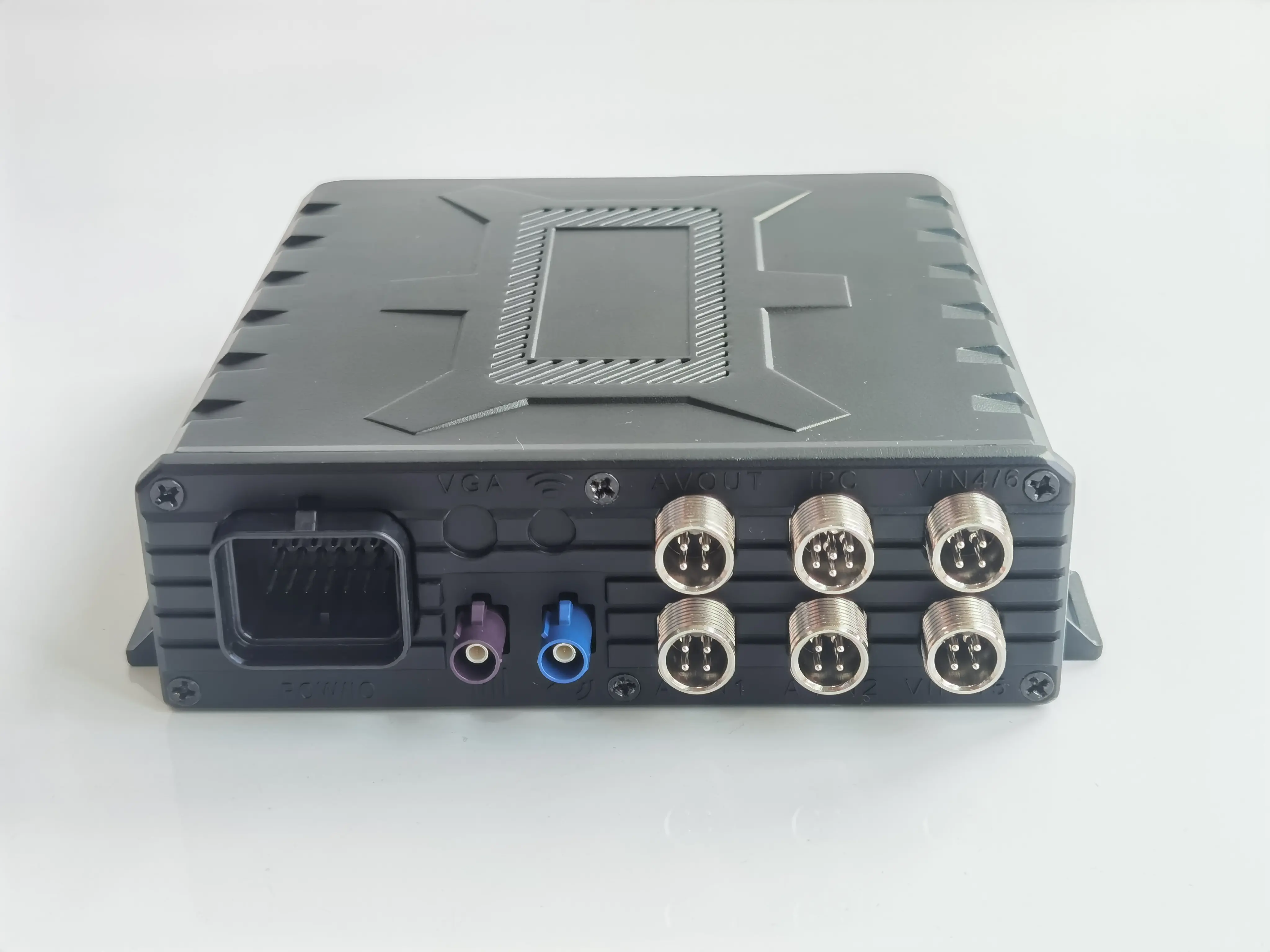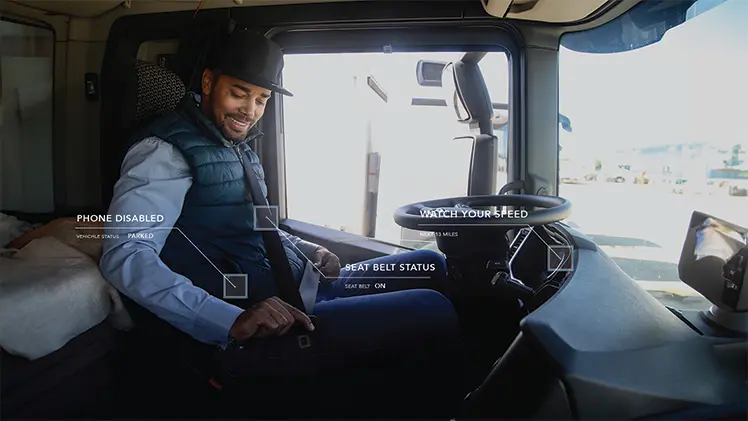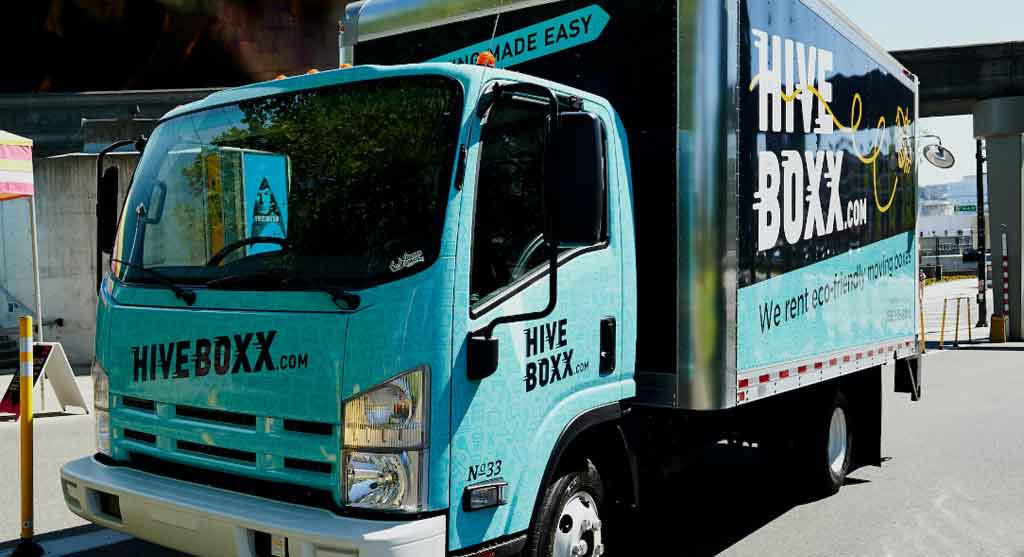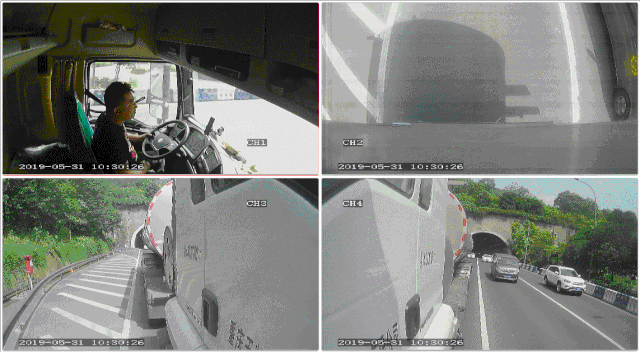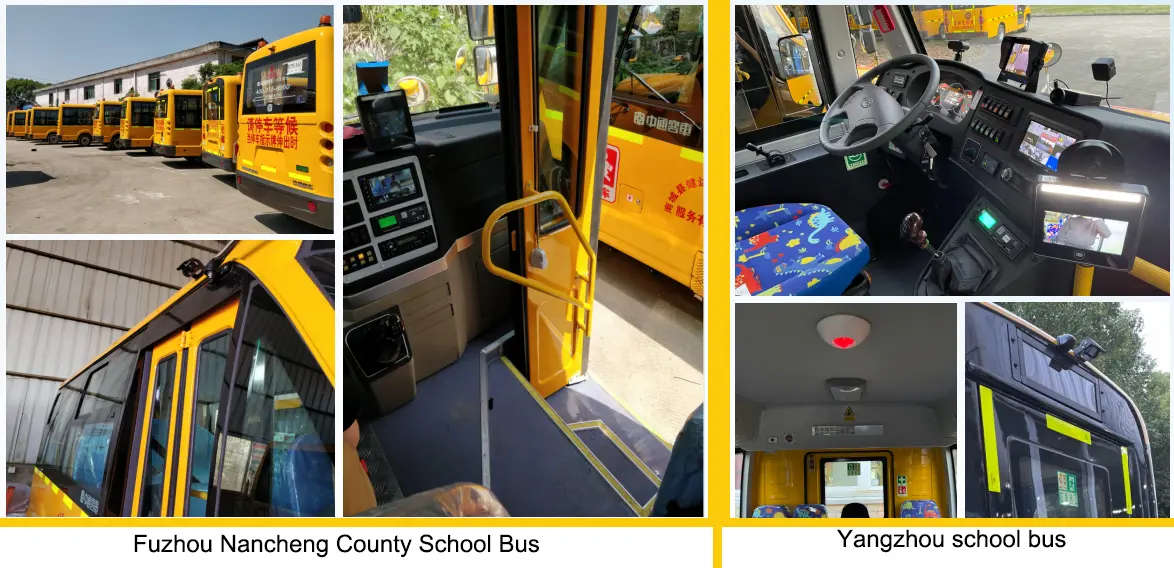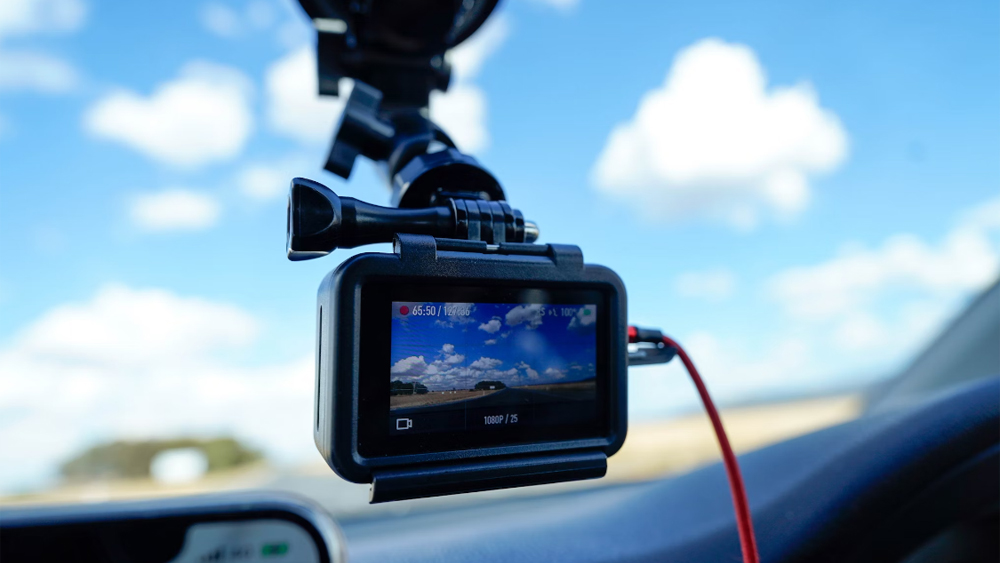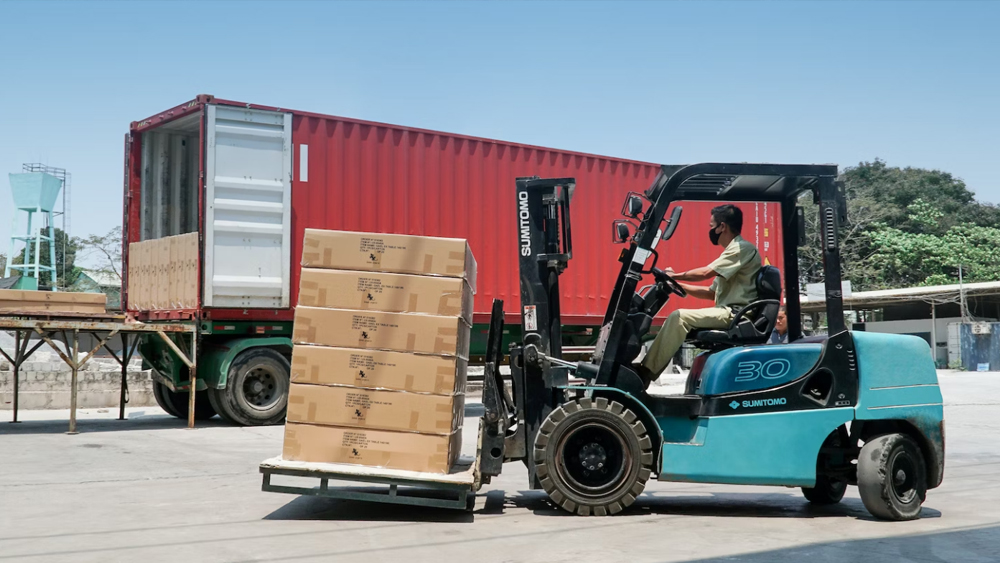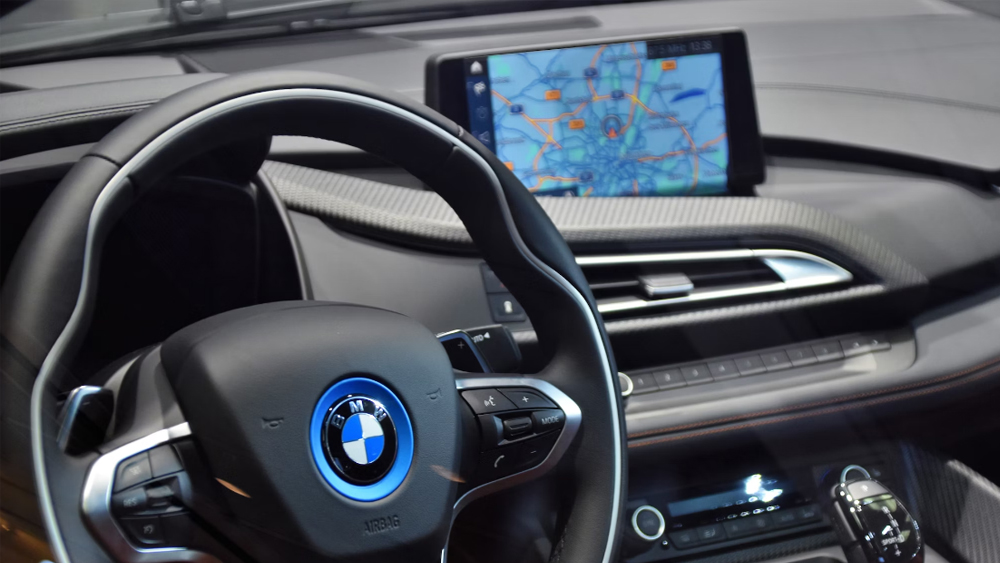Truck DVR Camera Systems
In-Vehicle Camera Systems for Fleet Safety
For large commercial vehicles such as semi-trucks, buses, and luxury coaches, commercial vehicle surveillance systems—including truck DVR camera systems—are critical for ensuring safety. These systems give drivers and fleet managers full visual access to both the interior and exterior of the vehicle, covering traditional blind spots.
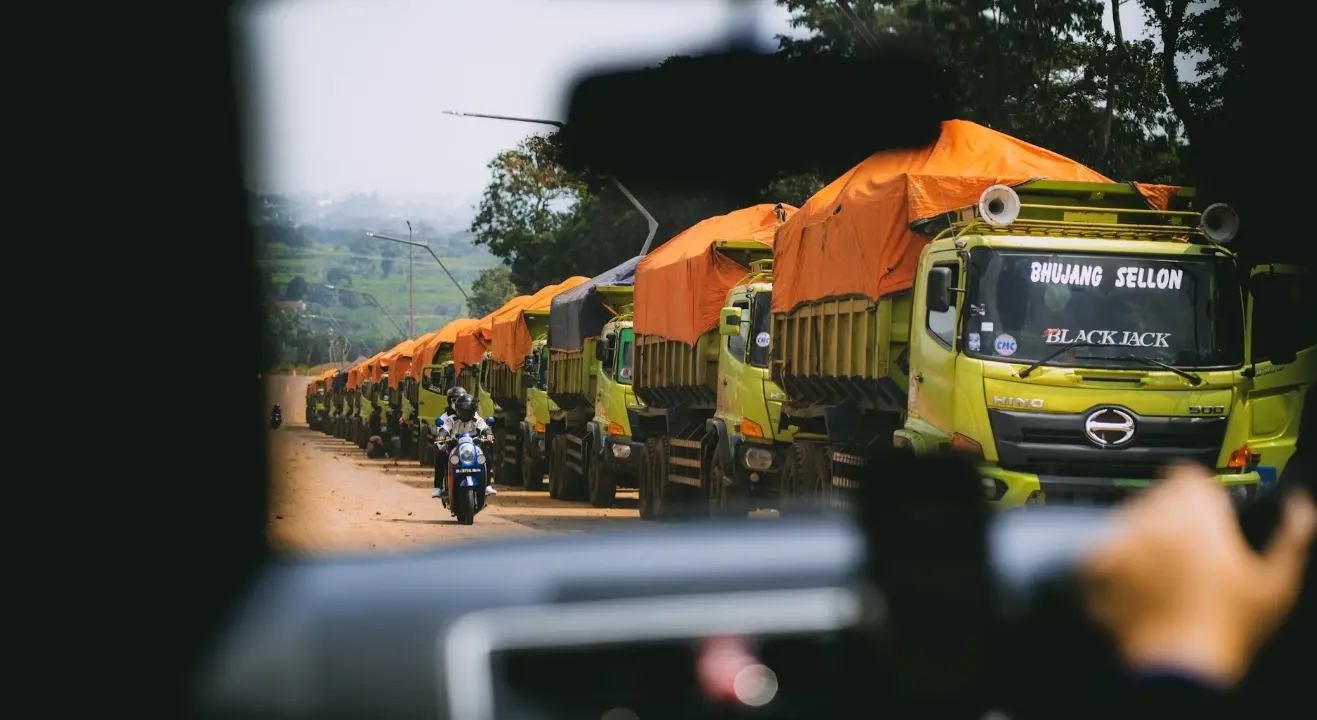
A core component of these systems is the vehicle black box (DVR system), which records essential driving data to help clarify responsibility in the event of an incident. Combined with multi-angle cameras and dashboard monitors, they enhance driving safety and enable remote monitoring, helping protect assets, reduce accident risks, and lower liability costs.
Advantages of Commercial Truck Camera Systems
1. Accident Evidence Collection: Provides video footage of incidents to clarify responsibility.
2. Lower Insurance Costs: Reduces driver liability, potentially decreasing premiums.
3. Enhanced Driving Safety: Identifies risky behaviors and provides early warnings.
4. Accident Prevention: Clearly monitors road conditions to avoid collisions.
5. Improved Fleet Management: Offers driving behavior and vehicle performance data to increase management efficiency.
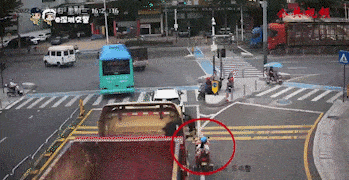
Key Features of Truck Camera Systems
1. Full HD 1080p video recording
2. Night vision for low-light or nighttime environments
3. GPS tracking and positioning
4. Driver alert and warning system
5. Weather-resistant design (waterproof, dustproof, shockproof)
6. Advanced analytics and reporting tools for behavior and trend analysis
Types of Commercial Vehicle Cameras
1. Dash Cameras (DVR)
Dual-View DVR: Captures both the road ahead and the vehicle interior.
Road-Facing DVR: Provides forward-facing footage from the driver's perspective.
2. Rearview Cameras
Assists with safe reversing by displaying a clear view behind the vehicle, minimizing blind spot risks.
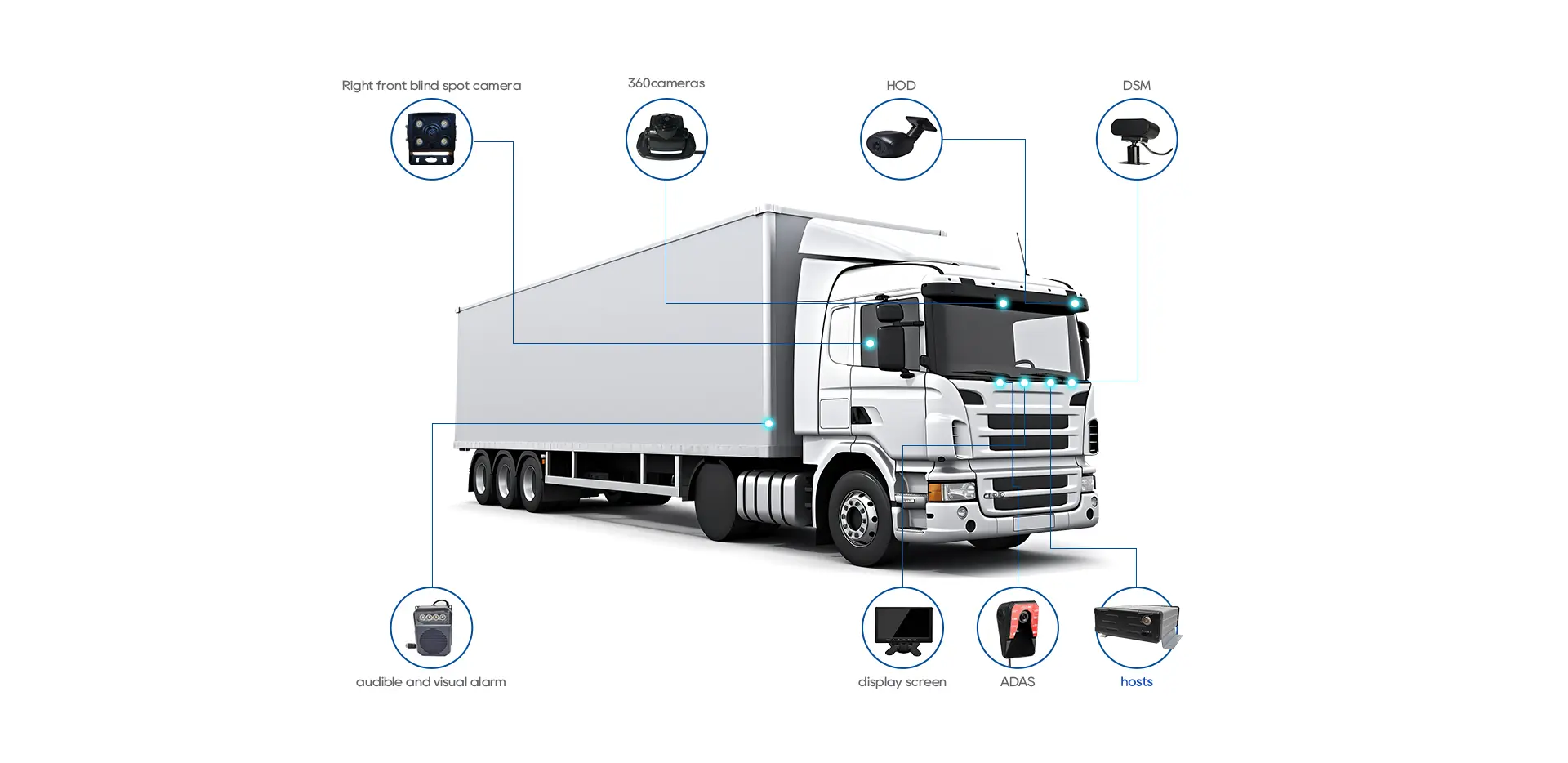
3. Side Cameras
Monitors the sides of the vehicle, enhancing safety during lane changes and turns.
4. Interior Cameras
Observes passengers or cargo, ideal for rideshare and logistics applications.
5. Exterior Cameras
Offers 360-degree coverage to help prevent theft, vandalism, or collisions.
> A combination of multiple camera types ensures full panoramic surveillance and maximized driving safety.
Core Components of Camera Systems
1. Cameras: Capture interior and exterior video footage
2. DVR (Digital Video Recorder): Stores video data, typically on SD cards
3. Monitor: Displays live video feeds in real-time
4. GPS Tracker: Provides real-time location data
5. Sensors: Detect motion, impacts, and environmental changes
6. Software Platform: Enables video management, behavior analysis, and alert configuration
7. Cloud Storage: Enables remote access and archival of historical video records
More : Taxi Dispatch Solution | Automotive Camera Suppliers | Taxi Fleet Management | Truck Blind Spot Camera

















